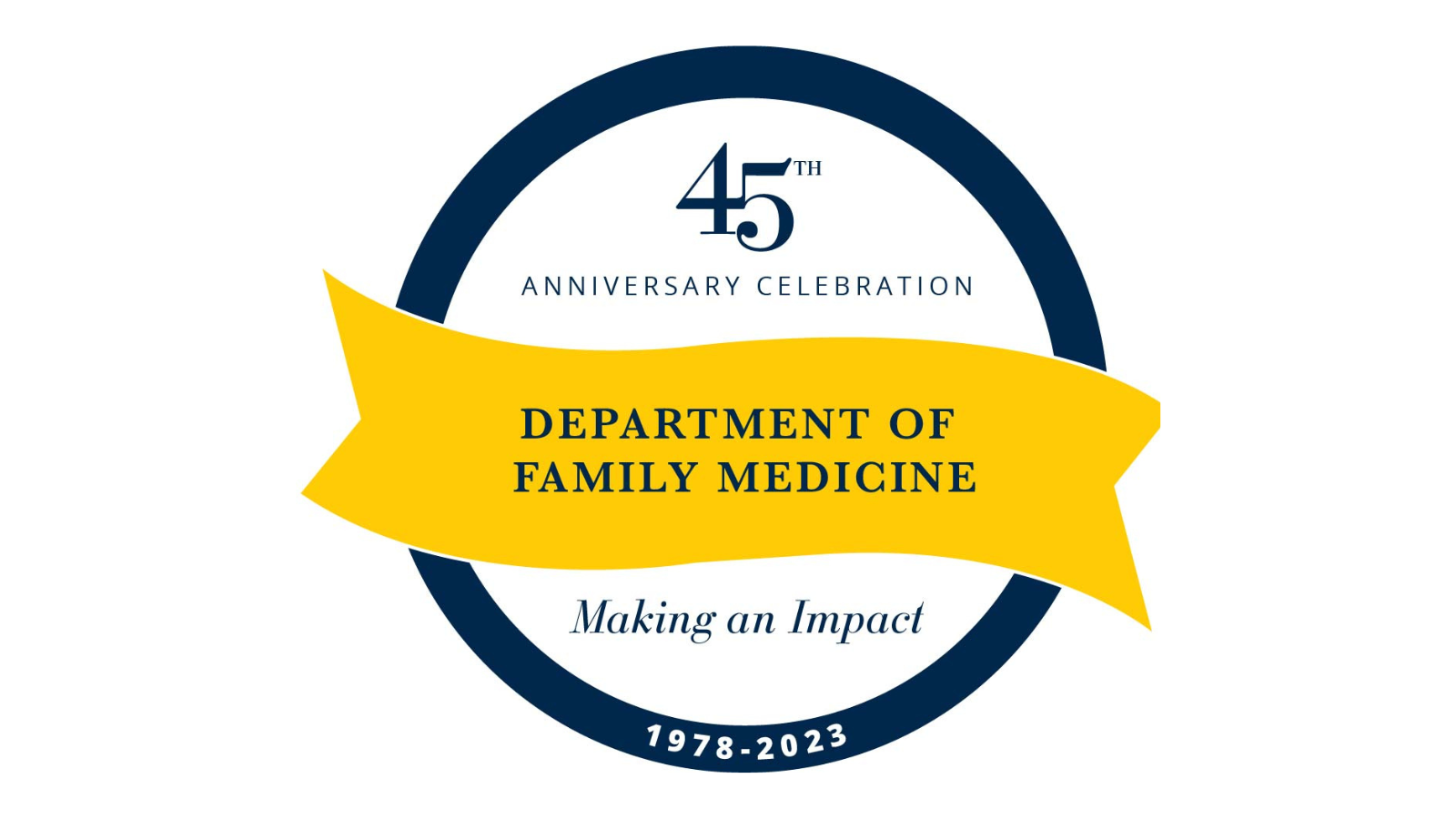A newly published, mixed methods pilot study from researchers at the University of Michigan’s Department of Family Medicine suggests that adults with prediabetes may be able to reduce their risk of developing type 2 diabetes through use of a continuous glucose monitoring device (CGM), paired with nutritional coaching on adopting a low-carbohydrate diet.
More than 34 million Americans have diabetes (about 1 in 10), and approximately 90-95% of them have type 2 diabetes, according to the Centers for Disease Control and Prevention. Diabetes puts an individual at risk of health complications including stroke, high blood pressure, kidney disease, neuropathy and problems with vision and skin, the American Diabetes Association states.
The authors of the U-M study note that type 2 diabetes is preventable but that few patients with prediabetes take part in prevention measures. Olivia Yost, M.D., a fellow of Integrative Medicine at Michigan Medicine, says some of her patients with prediabetes express concerns about their health.
“I often have patients who have prediabetes, and they want to know what they can do to avoid developing type 2 diabetes,” she said. “However, they often have a hard time understanding how food affects their glucose or hemoglobin A1C levels.”
The pilot study, which began in 2018, involved 15 patients from a suburban family medicine clinic. These patients had hemoglobin A1C levels between 5.7% and 6.4% (the prediabetes range) and a Body Mass Index of greater than 30 (considered obese). The study’s aims were to determine the patient satisfaction and feasibility of an intervention combining CGM use and low-carbohydrate diet coaching in patients with prediabetes to drive dietary behavior change.
Patients used CGM sensors worn on their upper arm to monitor their blood sugar continuously without the need to prick their finger to test their blood sugar. The intervention lasted a total of 22 days, with researchers gathering data at three in-person visits. The study team then interviewed participants by phone three weeks after the end of the intervention and again after six months.
During the first eleven days of the study, participants wore a CGM but were not able to see the data. They were asked to keep track of what foods they ate and when. Then, participants met with the study coordinator at the end of the eleven days to review their blood glucose trends with their food logs and to receive low carbohydrate education. A new CGM sensor was applied and this time participants were given a scanner that allowed them to see their glucose levels in real time. Participants were asked to eat a low-carbohydrate diet and to log their foods as well as their glucose levels, and were able to see how the foods they ate caused their blood glucose levels to rise or fall.
Results showed an overall satisfaction rate of 93% among participants with the intervention methods. Statistically significant result findings also included a weight reduction of 1.4 pounds and an estimated reduction of hemoglobin A1C levels of 0.71%, which would translate to some individuals moving out of the prediabetic classification into normal range, according to the authors.
“(The CGM) really makes tangible what is going on in your body,” said Melissa DeJonckheere, Ph.D., an assistant professor in the Department of Family Medicine and a co-author of the published study. “When we were talking to patients, many were fascinated with the visual element of the continuous glucose monitoring system. They could see the peaks and valleys in their glucose levels.”
DeJonckheere added that increasingly, a lower carbohydrate diet is recommended for those with prediabetes since this type of diet may help to prevent some of the blood glucose fluctuations that come from consuming carbohydrates. She noted that the American Diabetes Association has encouraged lower-carbohydrate diets as an appropriate diet for people with type 2 diabetes since it may improve glycemic levels.
Yost added that use of a CGM is novel in their study since such a device is typically used for people with type 1 diabetes. While this was a shorter pilot study, there is currently a larger study being led by Caroline Richardson, M.D., associate chair for research programs and the Dr. Max and Buena Lichter Research Professor of Family Medicine in the Department of Family Medicine. Richardson and fellow researchers are studying the effects of CGM and low carbohydrate diet coaching on people with type 2 diabetes. Richardson is the principal investigator of this pilot study.
“This pilot study suggests that the personalized feedback participants received from their CGM and diet logs combined with the low carbohydrate coaching may help them learn healthier eating strategies. Larger and longer randomized controlled studies are needed to see if this is an effective diabetes prevention strategy,” Richardson said.
While participants mostly expressed satisfaction at using a CGM device, some participants found it difficult to adopt a low carbohydrate diet, particularly during the holidays, during family get-togethers, and at work events. Others cited that a low-carbohydrate diet was too expensive. Researchers also found no significant changes in participants’ perception of the seriousness of being diagnosed with diabetes; their sense of personal control over their health and diabetes; and their motivation to make a change.
However, authors noted a trend towards increased motivation to lose weight, exercise, eat a healthy diet and avoid getting diabetes measured on a post intervention survey. DeJonckheere said that participant interviews post-intervention supported these trends.
“A lot of participants I talked to were concerned about developing type 2 diabetes,” she said. “They wanted to make changes to lose weight, have a healthier diet, and stay off medication.”
Researchers say that they are hopeful the positive effects of the study, namely weight loss and reduction of A1C levels, would continue in a longer study.
“Coaching with a low-carb diet, in conjunction with the CGM, is what we believe makes a difference,” Yost said.
Article Citation: Yost O, Dejonckheere M, Stonebraker S, et al. Continuous Glucose Monitoring With Low-Carbohydrate Diet Coaching in Adults With Prediabetes: Mixed Methods Pilot Study. JMIR Diabetes. 2020;5(4). doi:10.2196/21551





